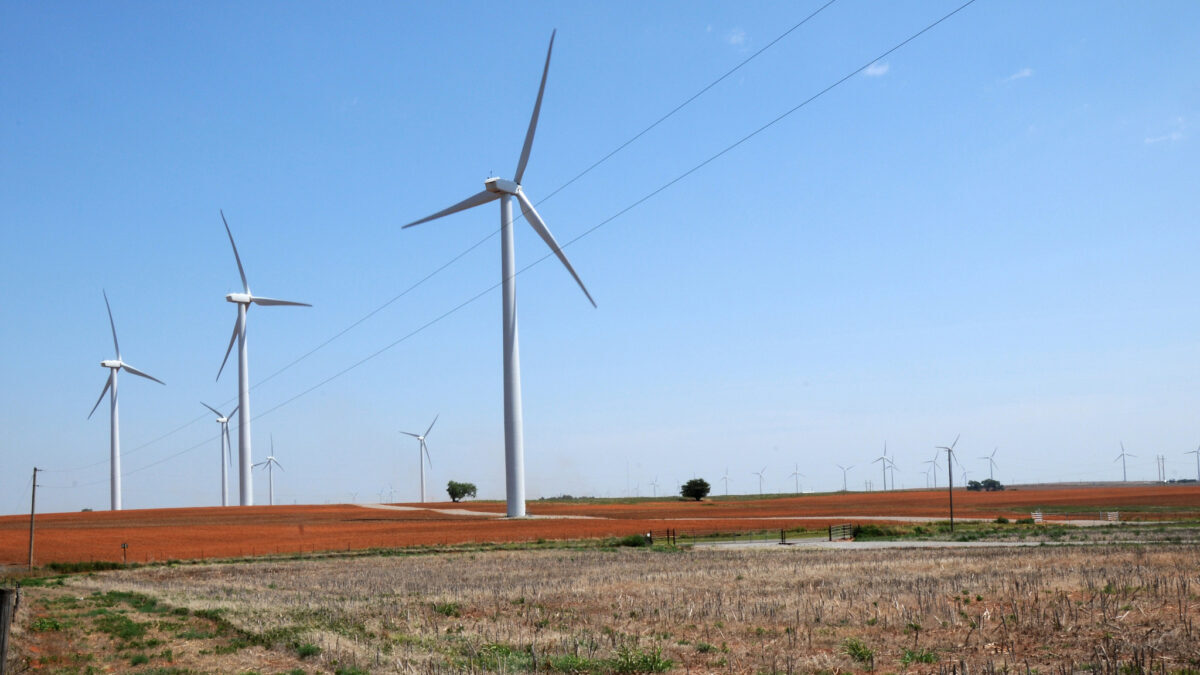The More Taxpayers Pay For College, The Worse It Gets
The Supreme Court will hear two cases next month challenging the Biden administration’s recent move to require taxpayers to pay off $400 billion in other people’s federal student loan debt. Regardless of one’s stance on the issue of college debt, President Biden’s move is a one-time treatment, not a cure. Both students and policymakers require systemic changes to reduce the high cost of higher education. Administrative bloat is the root of the problem.
College tuition has shot up in recent decades, but it can’t be blamed on inflation or the increased cost of living. Federal Consumer Price Index data, inflation of college tuition and fees dramatically outpaces all other sectors of the economy — even health care.
Why is this so? A state audit The University of California system identified rising tuition costs as the primary driver of tuition increases. They cited a 28 percent increase of system-wide administrative expenditures from fiscal years 2012-13 through 2015-16. The trend has only increased since then: By 2021, there will be a majority of non-instructional staff. more than half There are approximately 45,000 four-year university faculty nationwide. As a result, per-student spending has dropped. 13 percent Between 2008 and 2018.
It’s what economists have coined “administrative bloat” — the rapid and ballooning expansion of administrative spending, driving up tuition costs and funneling money away from real academic instruction. Not only does this mean students are getting less for their own, their parents’, and taxpayers’ money, but it also is a tacit subsidy to the extremist left. That’s because the vast majority of such administrators use their positions to impose identity politics on students with speech codes for pronouns, falsely labeling young men as rapists with no due process in Title IX kangaroo courts, and forcing university staff and students into cultural Marxist struggle sessions under the guise of “sensitivity training.”
It is not clear where these excess administrative expenditures go. Todd Zywicki, a George Mason University law professor writes that it is not clear where this excess administrative spending goes. “The interesting thing about the administrative bloat in higher education is, literally, nobody knows who all these people are or what they’re doing.” Schools are increasingly funding positions with vaguely defined or ambiguous titles such as “student success manager” Oder “vibrant campus community coordinator.”
It is hard to imagine students benefiting from this. Students rarely have the opportunity to work with a tenure-track, full-time professor, despite skyrocketing tuition. Universities can save money by appointing adjunct or non-tenure-track lecturers to meet growing administrative costs. These faculty have seen dramatic growth: Today, about 20 percent Tenure-track and full-time professors are teaching a majority of college courses, as opposed to nearly all other colleges. 80 percent 1969
Although identifying these issues is easy, it is difficult to implement a solution. While public colleges are subjected to government control and appropriations of funds, private colleges don’t have to maintain tuition at a low level and could increase their prices by as much as 80% tomorrow. They would still be attractive to students in our culture of elite academic competition, liberal tax subsidies for college and a culture of excellence in education. top
" Conservative News Daily does not always share or support the views and opinions expressed here; they are just those of the writer."





Now loading...